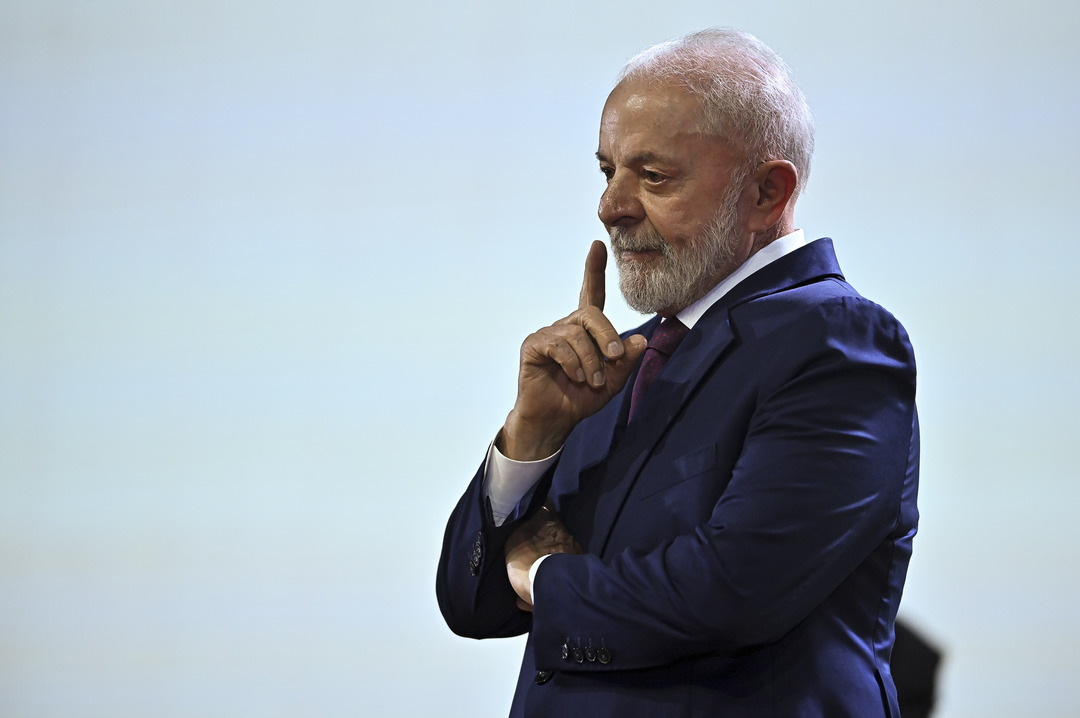With the third term of Brazilian president Luiz Inácio Lula da Silva well beyond its midway point, South America’s largest nation is again suffering from a leadership crisis. The once widely beloved politician’s approval rating has reached the lowest point that we have seen during his many years in office.
According to a February survey from Datafolha, one of Brazil’s most reliable survey services, 24 percent approved of the government, 41 percent disapproved, and 32 percent found it “regular.” With other polls showing similar results, the picture that is being formed is one of steady but sharp decline for the titan of the Latin American left.
Having worn out his honeymoon period with relatively few high-profile policy accomplishments upon which to hang his hat, Lula now faces the same growing dissatisfaction that has plagued every Brazilian president in the period since he first vacated the office in 2010.
Increased political polarization between the Left and the far right, a historically powerful and conservative congress, and an inability to appeal to a new generation of workers are just some of the main reasons why many Brazilians consider Lula and his Workers’ Party (PT) government to be floundering.
Worse still, Lula and (to a greater extent) the PT must now come to terms with their failure thus far to develop a successor for the Brazilian left. With the 2026 elections drawing closer and a popular desire for change on the rise, the prospects of a left-wing president being elected to a new term are looking slim.
The last three…
Auteur: Olavo Passos de Souza

